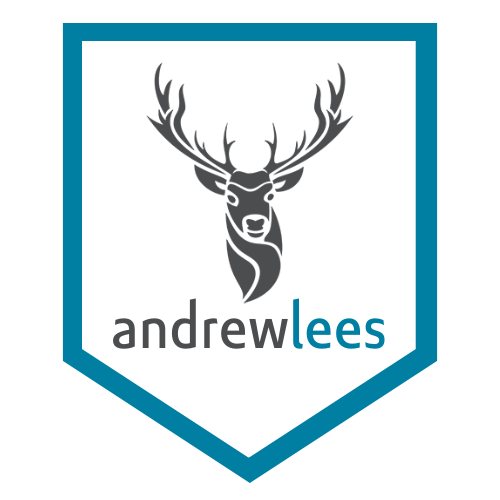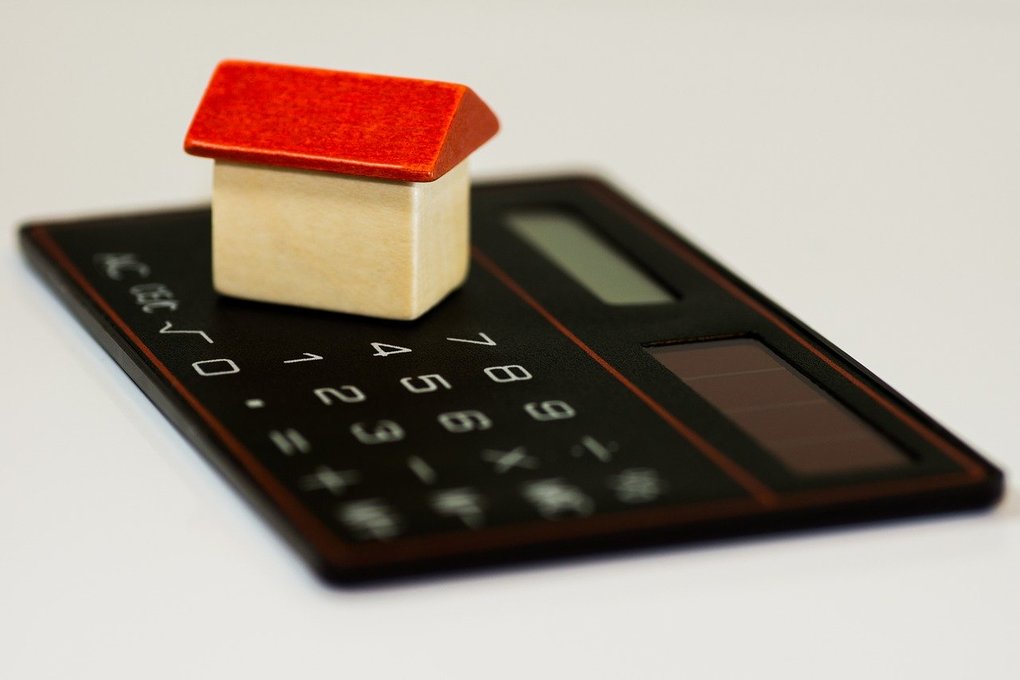If you’re a landlord looking to buy property to let to tenants, you probably need to arrange a buy to let mortgage. Having funding in place to purchase your intended rental property is crucial, and it is vital landlords know that obtaining a buy to let mortgage isn’t the same as obtaining a standard mortgage.
If you are new to the letting industry, or you need a reminder, we are here to offer buy to let mortgage advice for landlords.
What is a buy to let mortgage?
A buy to let mortgage is offered to people looking to purchase property as an investment, not as a place to stay. A standard mortgage isn’t suitable for rental property, and if you attempt to let property with a conventional mortgage, most lenders will consider this a breach of the mortgage terms.
What is the difference between a buy-to-let mortgage and a residential mortgage?
The majority of buy to let mortgages are interest-only mortgages. Your monthly payments pay the interest element of the mortgage, while the capital element remains untouched. Therefore, the capital aspect of a buy to let mortgage needs to be paid in full at the end of the mortgage agreement.
Paying off the mortgage can be achieved for selling off the property and using the proceeds to pay off the investment or retaining the property and remortgaging.
You’ll find a buy to let mortgage needs a bigger deposit than a standard mortgage. The fees associated with a buy to let mortgage are more significant, and you often have to pay a higher rate of interest. Landlords also face a more substantial stamp duty fee when purchasing property, so it is essential to realise that buying property to let can be expensive.
The justification for the higher fees comes with the greater risk for the lender.
Landlords are advised to ensure the money they bring in each month, by renting the property, is more significant than their mortgage payments. Of course, if the rental property lies empty, landlords don’t bring in any rental income. Therefore, landlords must ensure they have sufficient funds in place, or they have insurance, which helps them pay their mortgage on time and in full each month.
What deposit do I require for a buy to let mortgage?
The deposit associated with a buy to let mortgage is larger than the mortgage related to a standard mortgage. At a minimum, you should expect to pay 25% of the property’s value with the deposit, but some lenders require a 40% deposit.
What interest rates apply to buy to let mortgages?
The interest rate for your mortgage is dependent on the mortgage you arrange and factors such as the amount of money that is borrowed, the financial and economic outlook and the rental income you expect to receive.
Types of mortgages to consider include:
- A Tracker Mortgage where the lender sets an interest rate charged at a selected percentage higher than the base rate set by the Bank of England
- Discounted Variable Mortgage where a fixed set percentage below the standard variable rate of the lender is set
- Fixed-Rate Mortgage where the rate is set at a stated number of years, with two, three, five and ten-year mortgages being common
If you’re a landlord looking for advice or guidance in obtaining a buy to let mortgage, contact Andrew Lees, and we’ll be happy to help.





